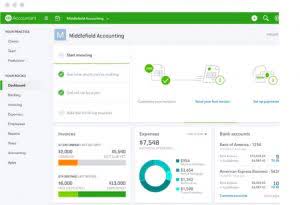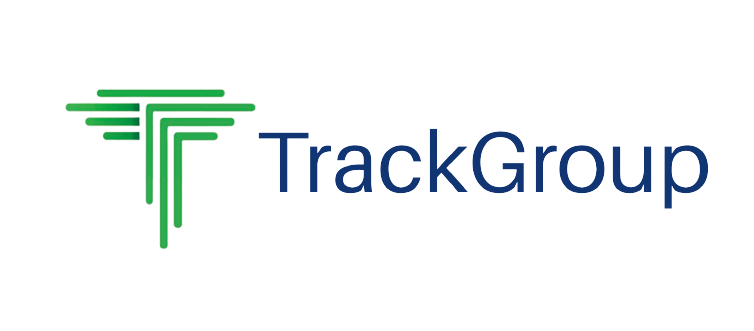
FCF can be calculated by subtracting capital expenditures from cash flow from operations. Given that it is only a book entry, depreciation does not cause any cash movement and, hence, it should be added back to net profit when calculating cash flow from operating activities. Let us see the impacts on both the balance sheet fund flow analysis as well as the cash flow from operations (CFO) calculation in the case of inventory write-down. Similarly, in the case of “Trade and other payables”, many times, companies club other items under current liabilities, especially from section “Other current liabilities” and provisions along with trade payables. Therefore, there are differences in the changes in the “Trade payables” in the balance sheet and the cash flow statement. You may study the items under “Other current liabilities” and “provisions” and see their changes.
In the cash flow statement, many times, companies club the trade receivables and trade payables with certain other items under current assets and current liabilities respectively. Therefore, many times, investors would notice that the figures for changes in only “Trade receivables” and “Trade Payables” are not matching with the figures in the cash flow statement. In routine business, there are many transactions, which require subjective assessment whether they fall under operating or investing or financing, or under the current or non-current section. Therefore, investors would find that many times, the data derived from the changes in the balance sheet will only approximately match the figures in the cash flow statement.
How to calculate net cash flow from operating activities?
For an investor, cash flow metrics are like a financial compass; they provide valuable insights into a company’s financial health, helping navigate investment decisions. Under the indirect method, the figures required for the calculation are obtained from information in the company’s profit and loss account and balance sheet. While looking at the calculation of calculate cfo Cash flow from Operations in annual reports, I observe that interest paid and depreciation are added into the net CFO. I find that CFO in some high debt companies like Suzlon Energy Ltd is much greater than net profit since interest is included in CFO and not in net profit. The cash flow from operations (CFO) is negative in multiple years in the last ten year.
However, unlike a controller or accountant, a CFO is responsible for financial planning, while the other two are in charge of bookkeeping and the company’s financial statements. In the final step, we subtract Capex since it represents a required cash outlay. There is no need to deduct the change in NWC this time around since cash from operations (CFO) already takes it into account. But Capex is located in the cash flow from investing (CFI) section and thus was not yet accounted for. The next formula for calculating FCFF starts with cash flow from operations (CFO). FCFF stands for “Free Cash Flow to Firm” and represents the cash generated by the core operations of a company that belongs to all capital providers (both debt and equity).
Cash Flow from Operations
To calculate FCFF starting from earnings before interest and taxes (EBIT), the first step is to tax-affect EBIT. The CCC is calculated by adding the Days Sales of Inventory (DSI) and Days Sales Outstanding (DSO) and then subtracting the Days Payable Outstanding (DPO). As you can see, this will return the days payables outstanding for any company automatically on a quarterly, annual, and TTM (Trailing Twelve Months) basis. As you can see, this will return the days sales outstanding for any company automatically on a quarterly, annual, and TTM (Trailing Twelve Months) basis. Maybe one scenario shows cash getting a bit tight – with this heads up, you can sort out strategies to avoid trouble.
Secondly, I have also assumed in my example that the plant was purchased and in the same year, operations were started. Therefore, on an overall basis, this company would never match cPAT with cCFO. Well, my point here is simply that comparing cPAT with cCFO will not yield any conclusive evidence whether the company has been able to convert its profit into cash. With that said, an increase in NWC is an outflow of cash (i.e. ”use”), whereas a decrease in NWC is an inflow of cash (i.e. “source”).
Examples of Cash Flow from Operations Formula
“EBIT is used as a measure for operating profits and not EBITDA (which is a better measure of cash flows). This is because the amount charged to depreciation can be used as a proxy for the maintenance of Capex. The CFO is the top-ranking executive related to managing a company’s finances. This includes managing all aspects of financial and cash flow planning, as well as analyzing its financial position.
Higher ratios indicate that the company is generating more than enough cash from its operations to pay off its debts, which is an encouraging sign for investors. Forecast Variance measures the difference between projected and actual cash flow. It helps investors understand how well the company manages its forecasts and if there may be systemic issues with over- or under-estimation. A lower forecast variance indicates better accuracy in financial forecasting, suggesting competent management, which is a positive signal to investors.

